Maize is called the Queen of Cereals because of its demand and wide adaptation. It is the second most important crop in the world in terms of area and production. Maize (Zea mays L) is one of the most versatile emerging crops that adapt to a wide variety of agricultural climatic conditions. Increasing crop yields while reducing environmental impacts is a major challenge for global agriculture to ensure food security and environmental quality. Let’s find out some simple techniques to increase the maize yield for higher profits
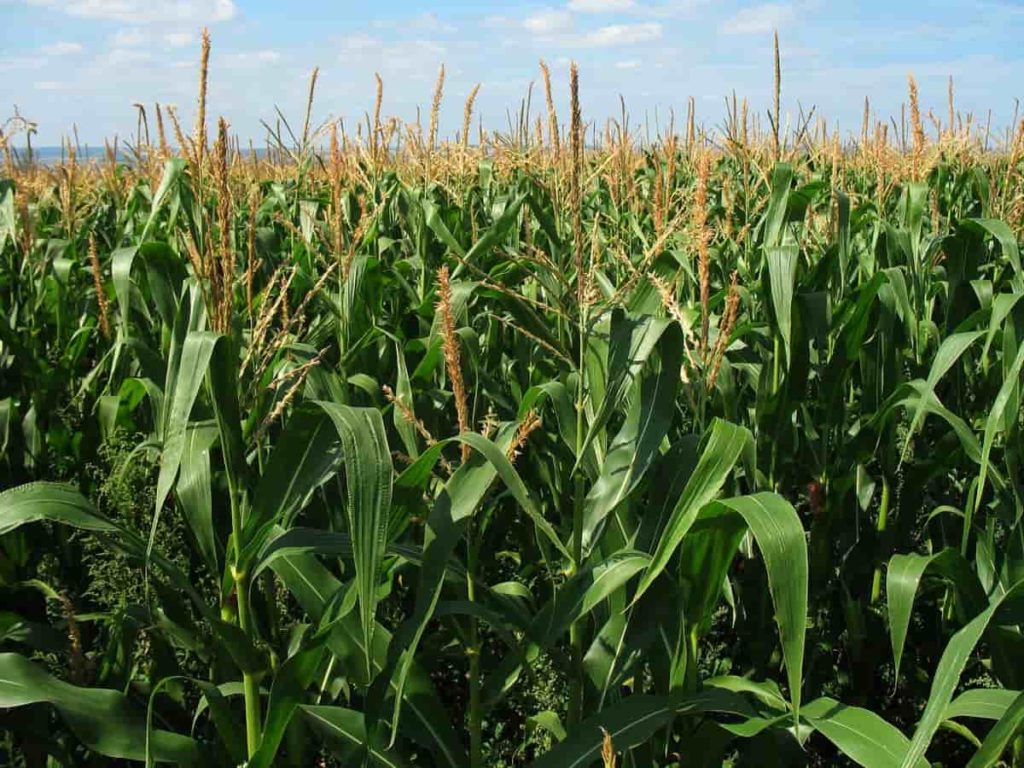
Pick the high yield Maize variety
The best varieties of Maize have the best genetic potential for maximum yield per hectare. High-yielding varieties with good farming methods and management will make the production of Maize farms more profitable and return on investment. It is important to obtain market-accepted Maize seeds, how fast they grow, how resistant they are to pests and diseases, and how well they can withstand drought based on their consumption of water or not.
Sowing time
Maize can be grown in any season like Kharif (monsoon), post-monsoon, Rabi (winter), and spring. To get higher yields in the farmer’s field during Rabi and spring seasons, certain irrigation facilities are required. In Kharif season, sowing must be completed 12-15 days before the onset of monsoon. However, in rainy areas, sowing time should coincide with the onset of monsoon. The best time for sowing is given below;
- Kharif – June last week to first fortnight July
- Rabi – October last week for intercropping and up to 15th of November for sole crop
- Spring – First week of February
In case you miss this: Maize Farming Project Report, Cost, Profit Guide
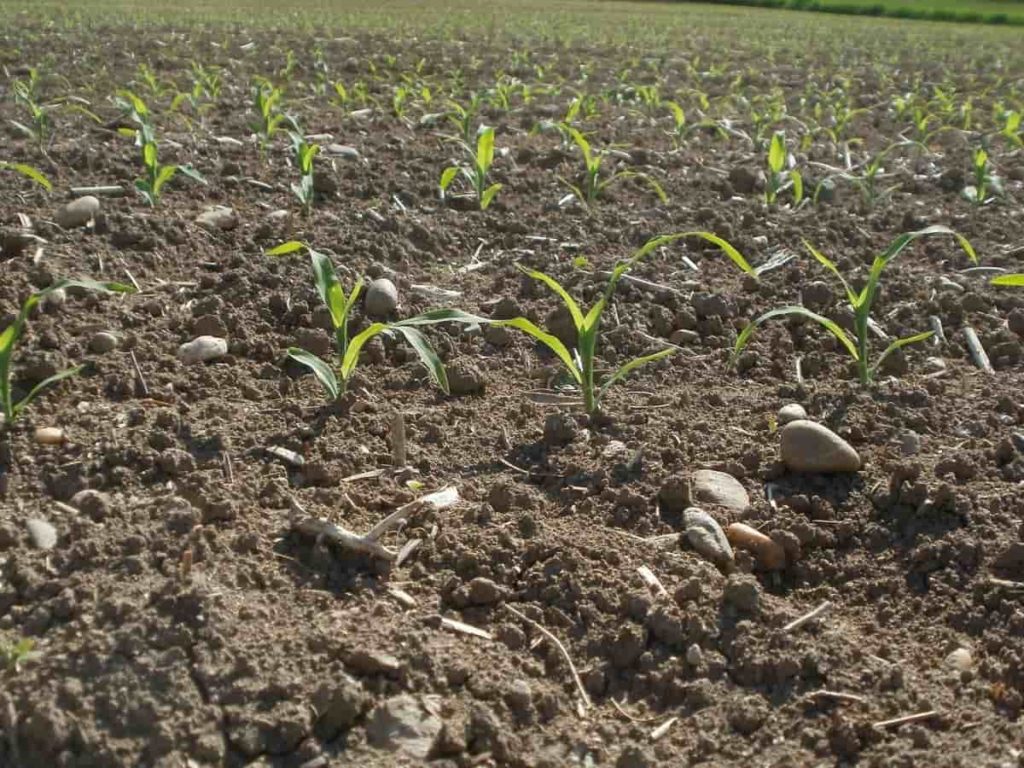
Secrets to successful and profitable Maize farming
- Select best soil – Maize can be successfully cultivated in a variety of soils ranging from sand to clay loam.
- Planting time – Planting time is important because it can affect your income in the Maize cultivation business. Early planning always yields better and brings more profit.
- Find the appropriate seed quantity per area of land – About 20 kg of open-pollinated seeds per hectare and about 15 kg of hybrid Maize seeds are required per hectare.
- Use the recommended spacing – If you don’t place them properly, your losses will increase. For OPVs (Open Pollinated Varieties), a spacing of 25cm between stands and 75cm between rows is commonly used, although different distances may apply to hybrid seeds. Avoid manual planting for efficiency. Hire a manual or tractor-mounted planter depending on the size of the land. Planting using a planter makes planting easier, faster, and more efficient than planting by hand.
- Keep the farm free of weeds – Make sure your Maize farm is free of weeds from the 3-10 leaves stage. In general, make sure your farm is free of weeds at all times as weeds compete with Maize plants for food.
- Harvest at the right time – You can harvest cobs green or dry depending on your target market. Maize is harvested green for fresh use. Maize hybrids ripen in 90-110 days.
How to get maximum yield per hectare in Maize?
Professor Olakojo said that maximum yield per hectare is the key to profitability in the cultivation of Maize. And that, he explained, can be achieved in many ways. The first factor is the improved varieties with the best genetic potential for maximum yield per hectare. High-yielding varieties with good farming practices and management will give Maize farms higher yields than average.
It translates into higher profitability and sustainability. He revealed that research institutes and seed companies have done a great job in developing, registering, and releasing new varieties to the farmers, though they may be a little more expensive than ordinary grains.
In case you miss this: Maize Cultivation Income (Corn), Cost, Yield, Profit
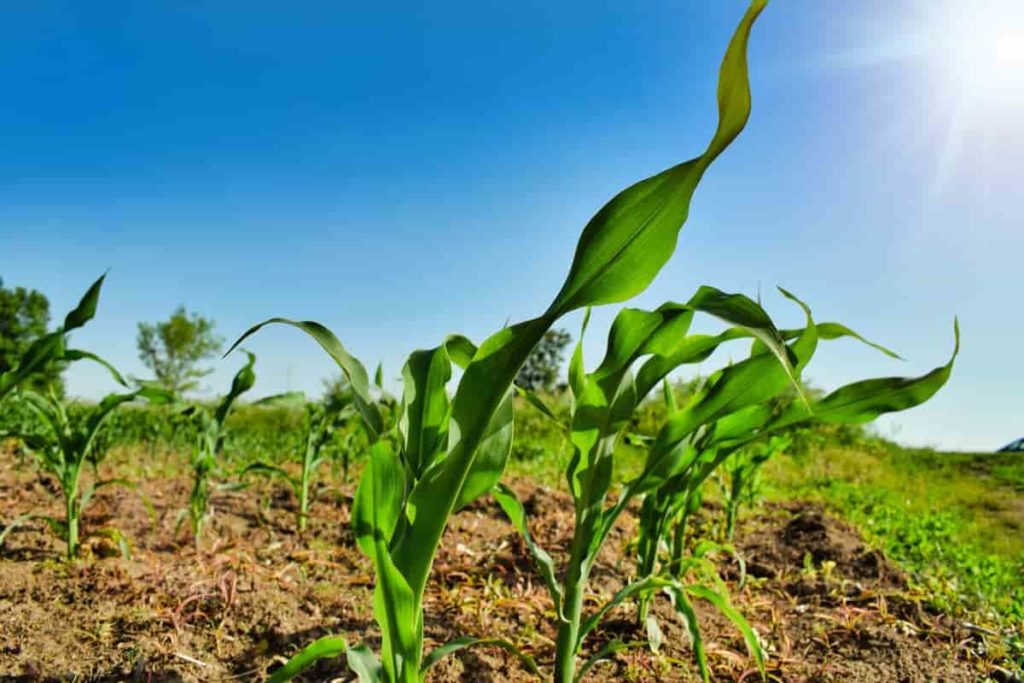
The second most important factor is to ensure the density of the proposed plants. The population per hectare should be between 52,000 and 60,000 stands of Maize. He said that this would significantly increase the yield per hectare provided other necessary things were done to meet the population. Olakojo added that the third aspect includes the use of fertilizers, control of weeds, and good post-harvest management.
TS growers achieve record Maize yields
Farmers set another milestone of achieving the highest average yield of 2,800 kg or 28 quintals of Maize per acre. According to Agriculture Department officials, Maize has been planted on an area of 4.66 lakh acres with an estimated average yield of 2800 per acre. Maize crop production is expected to be around 13.05 lakh tonnes. Although the support price for the crop has been fixed at ₹1,850 per quintal, traders are paying a maximum of ₹1,500 per quintal in the absence of market intervention by the government and record production of Maize in the country in 2021.
The average world production of Maize is 2,357 kg per acre, although it was much higher in the United States of America (USA) at 4,262 kg per acre. The average Maize production in the country during 2019-20 was 1,973 kg per acre and Telangana has produced 2,600 kg per acre in the last five years. However, this season it is estimated at 2,800 kg per acre, although the yield of some individual farmers is higher than the average in the United States (USA).
N Venkata Krishna Rao, a farmer from Kamanchikal in Raghunadhapalam Mandal of Khammam district, got a yield of 5,050 kg per acre. He planted green manure crops before sowing Maize and applied timely and recommended fertilizer to increase the fertility of the land.
In case you miss this: Maize Farming (Corn) Information Detailed Guide
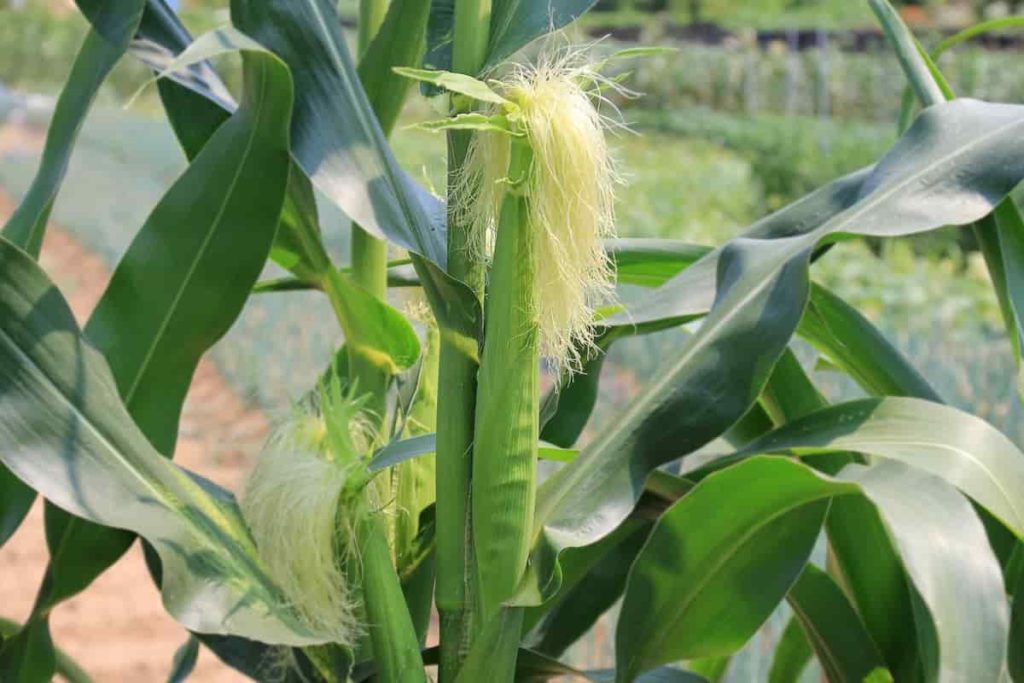
Simple techniques to increase the Maize yield for higher profits
Learning how to improve Maize yields is key to successful farming. Access to new technologies and planting methods has allowed farmers to increase crop yields and the key is to maintain the long-term sustainability of the farm.
Plant early and effectively
Choosing the right time to plant is the most important part of planting. The best strategy to use to increase yields is this: If your soil is ready, start planting. There are tests you can do on your soil to see if it is ready for planting. Today’s hybrid seeds make a more sustainable crop, but it is just as important to know if your field is ready for early planting. Early planting can increase productivity by taking advantage of unexpected early favorable soil conditions.
Practice seasonal soil rotation
When you are planting depending on the season, it is important to understand how replanting crops can affect your overall yield. Over the years, Maize cultivation has proved to be less efficient for maximum yields. Planting alternative crops help diversify your land needs. This results in crops that not only produce more but also produce more year after year.
You must know the yield potential
It is not just enough to plant your seeds and hope for the best, you should always be sure to understand your field’s growth potential. When estimating yield potential, it is important to understand the type of crops you are planting, and the type of seed you are using. Crop growers generally estimate the productivity of their seeds. Understanding this will not only help you manage your expectations but also whether or not your production capacity matches your actual production.
Ensure proper drainage
Water management is essential for crop survival and maximizing your Maize production capacity. It is important to make sure your crop is getting enough water, but not too much water.
In case you miss this: Maize Seed Germination (Corn), Time Period, Procedure
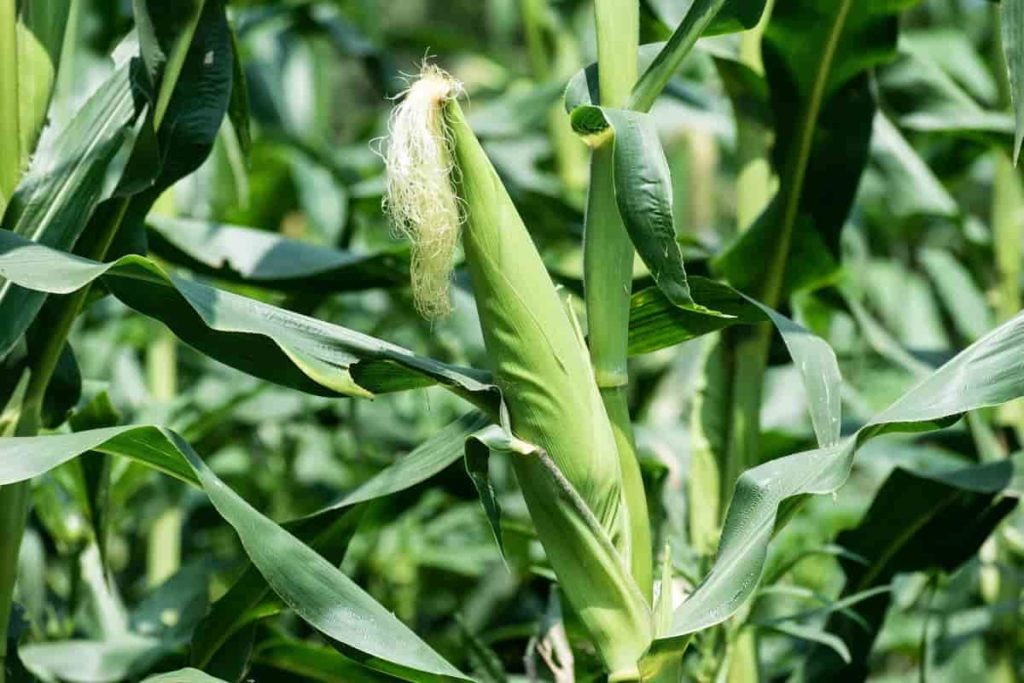
Seed quality
Having a quality seed is the key to increasing crop yields. Whether you are increasing your Maize production or wanting to maximize your overall agricultural production, you need to consider the strength of your seeds. The use of hybrid seeds that naturally tend to grow faster, stronger, and more efficiently is critical to the success of your crops. Non-GMO seeds combine sustainability and cost, which are responsible for both quality and cost.
Any farmer who wants to succeed in Maize cultivation should choose a disease-free, high-yielding hybrid variety, preferably one that yields more than 3 tons per hectare. From trusted seed companies, good open-pollinated varieties (OPV) can also be used. Examples of hybrid seeds are DK 920 hybrid Maize varieties and a good example of OPVs is the Oba98 and SUWAN series.
Increase profit by the adoption of hybrid Maize practices
Mrs. Yangden Lepcha is a progressive farmer from Lingthem Village. From Food Security and Agricultural Development Department, she received 15 kg hybrid Maize seed (variety C-1921) for a 1.5-acre demonstration land. She also got vermicompost to meet the manurial requirements. She made scientific arrangements from sowing to harvesting. The seeds were sown at a distance of 20 cm from seed to seed and 45 cm between rows.
It can achieve an increased yield of 24.35 / ha quintal as against 13.0 quintals in the traditional way. The quality of the grain was good, healthy, and attractive at Rs. 35 per kg. 25 per kg of its previous crop. In total, she earned Rs. 77,225 from hybrid Maize crop whereas he earned Rs. 24,500 from his previous crop of traditional local Maize. The success of Mrs. Yangden Lepcha has encouraged the villagers to adopt hybrid Maize cultivation. She shared the knowledge and skills gained through training with fellow farmers.
In case you miss this: Organic Maize Farming, Cultivation Practices (Corn)
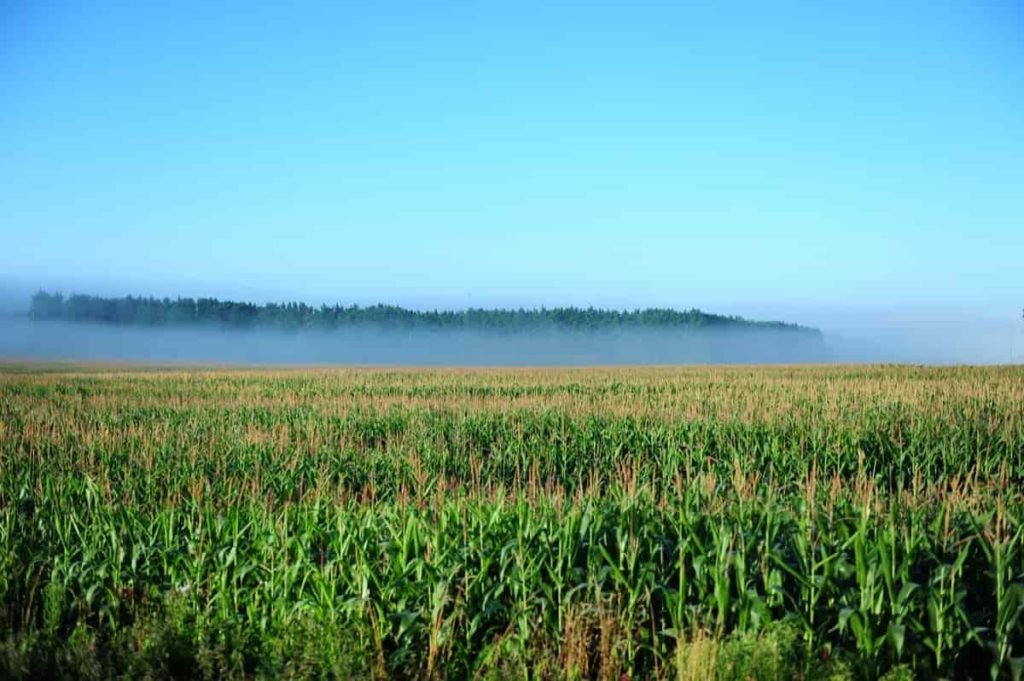
Cost and profit per acre
- The average cost per acre of Maize cultivation is Rs. 28,700.
- Maize yield is 28-40 quintals per acre. (Hybrids)
- The current market price of (hybrid) Maize is Rs. 1,800 per quintal.
- The total income is Rs. 50,400 to 72,000
- Then the farmer gets a profit of Rs. 21,700 to 43,300
- Economical Aquaculture: A Guide to Low-Budget Fish Farming
- 15 Common Planting Errors That Can Doom Your Fruit Trees
- How to Make Houseplants Bushy: Effective Tips and Ideas
- Innovative Strategies for Boosting Coconut Pollination and Yield
- Pollination Strategies for Maximum Pumpkin Yield
- The Complete Guide to Chicken Fattening: Strategies for Maximum Growth
- Natural Solutions for Tulip Problems: 100% Effective Remedies for Leaf and Bulb-Related Issues
- Revolutionizing Citrus Preservation: Towards a Healthier, Greener Future
- Natural Solutions for Peony Leaf and Flower Problems: 100% Effective Remedies
- Maximizing Profits with Avocado Contract Farming in India: A Comprehensive Guide
- Natural Solutions for Hydrangea Problems: 100% Effective Remedies for Leaf and Flowers
- The Ultimate Guide to Choosing the Perfect Foliage Friend: Bringing Life Indoors
- From Sunlight to Sustainability: 15 Ways to Use Solar Technology in Agriculture
- The Ultimate Guide to Dong Tao Chicken: Exploring from History to Raising
- The Eco-Friendly Makeover: How to Convert Your Unused Swimming Pool into a Fish Pond
- Mastering the Art of Delaware Chicken Farming: Essentials for Healthy Backyard Flocks
- 20 Best Homemade Fertilizers for Money Plant: DIY Recipes and Application Methods
- How to Craft a Comprehensive Free-Range Chicken Farming Business Plan
- Brighten Your Flock: Raising Easter Egger Chickens for Beauty and Bounty
- How to Optimize Your Poultry Egg Farm Business Plan with These Strategies
- Subsidy for Spirulina Cultivation: How Indian Government Schemes Encouraging Spirulina Farmers
- Ultimate Guide to Raising Dominique Chickens: Breeding, Feeding, Egg-Production, and Care
- Mastering the Art of Raising Jersey Giant Chickens: Care, Feeding, and More
- Ultimate Guide to Raising Legbar Chickens: Breeding, Farming Practices, Diet, Egg-Production
- How to Raise Welsummer Chickens: A Comprehensive Guide for Beginners
- How to Protect Indoor Plants in Winter: A Comprehensive Guide
- Ultimate Guide to Grow Bag Gardening: Tips, Tricks, and Planting Ideas for Urban Gardeners
- Guide to Lotus Cultivation: How to Propagate, Plant, Grow, Care, Cost, and Profit
- Agriculture Drone Subsidy Scheme: Government Kisan Subsidy, License, and How to Apply Online
- Ultimate Guide to Raising Araucana Chickens: Breed Profile, Farming Economics, Diet, and Care
- Bringing Hydroponics to Classroom: Importance, Benefits of Learning for School Students
- Ultimate Guide to Raising Polish Chickens: Breed Profile, Farming Economics, Diet, and Care
- Ultimate Guide to Raising Australorp Chickens: Profile, Farming Economics, Egg Production, Diet, and Care
- Silkie Chicken Farming: Raising Practices, Varieties, Egg Production, Diet, and Care
- Sussex Chicken Farming: Raising Practices, Varieties, Egg Production, Diet and Care
- Homemade Feed Formulations for Livestock: Discover Cost-effective Starter to Finisher Feed Recipes